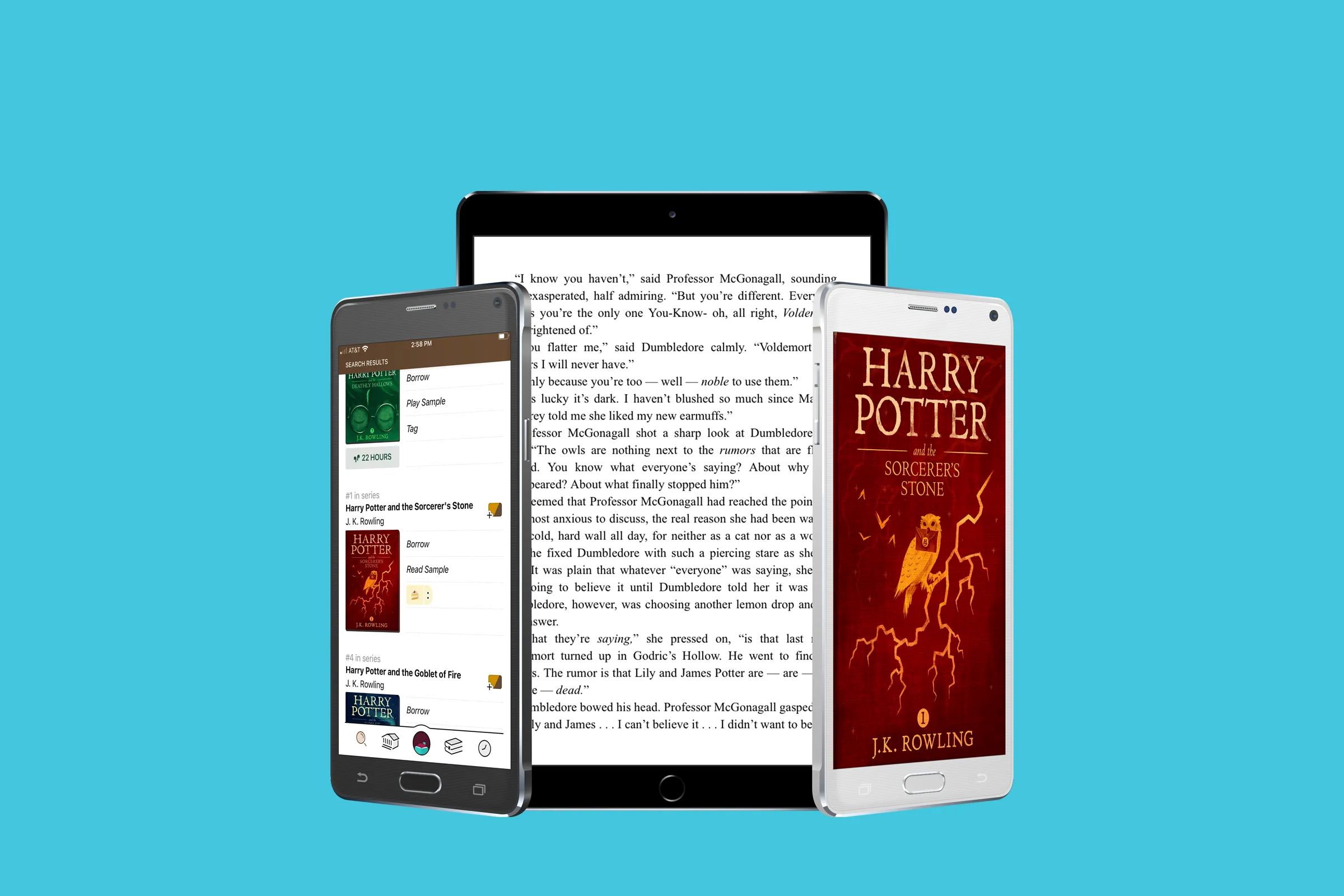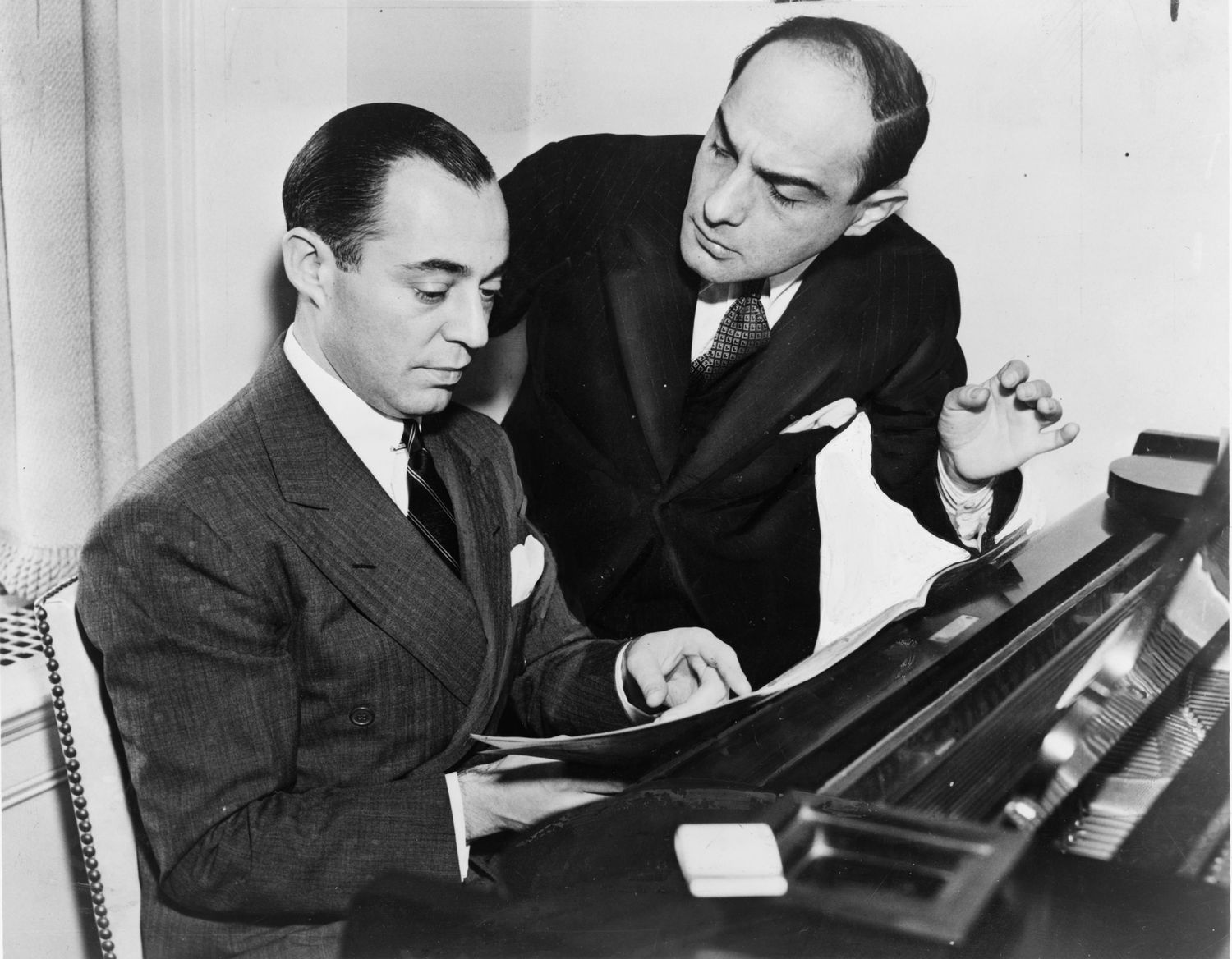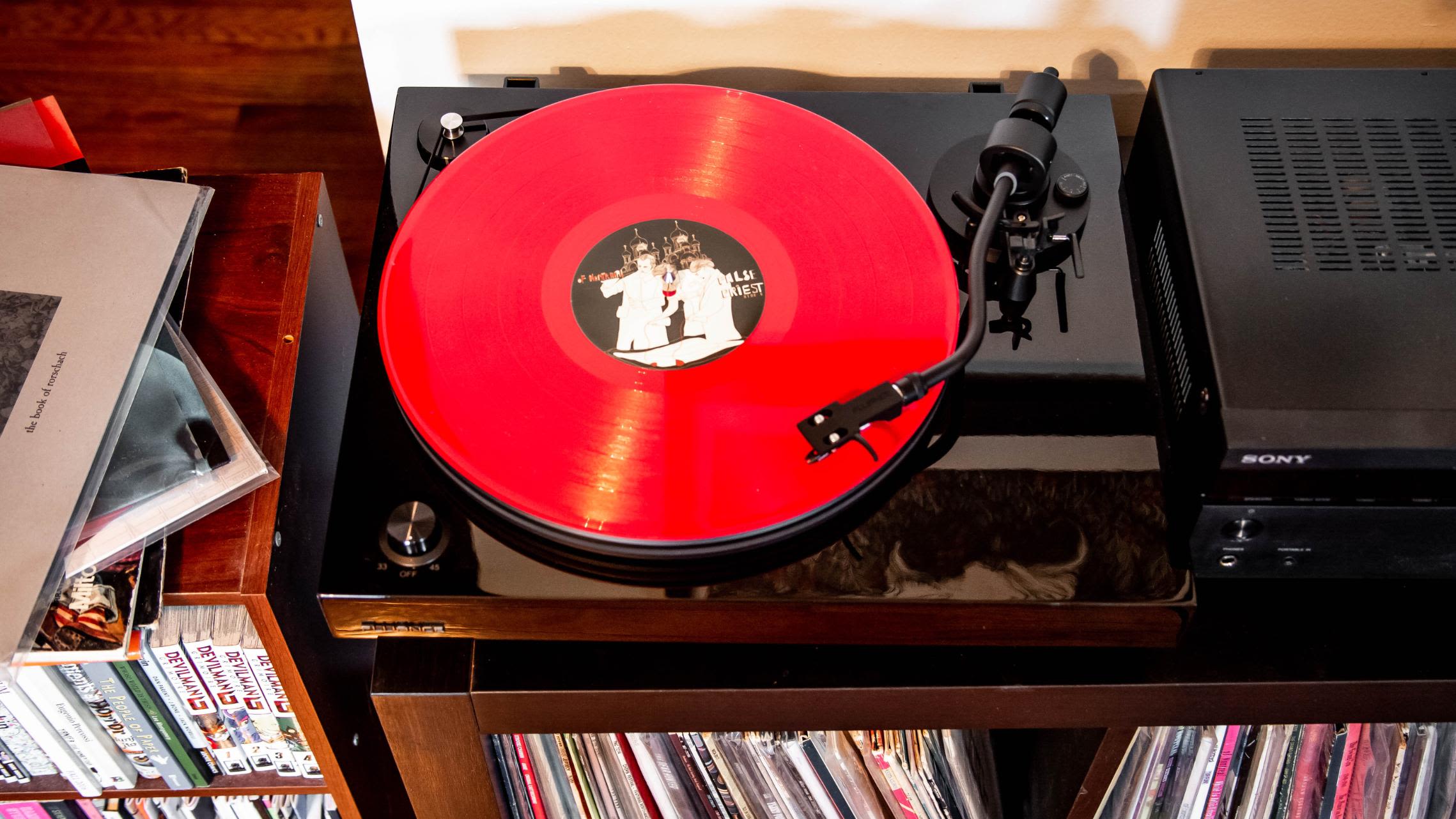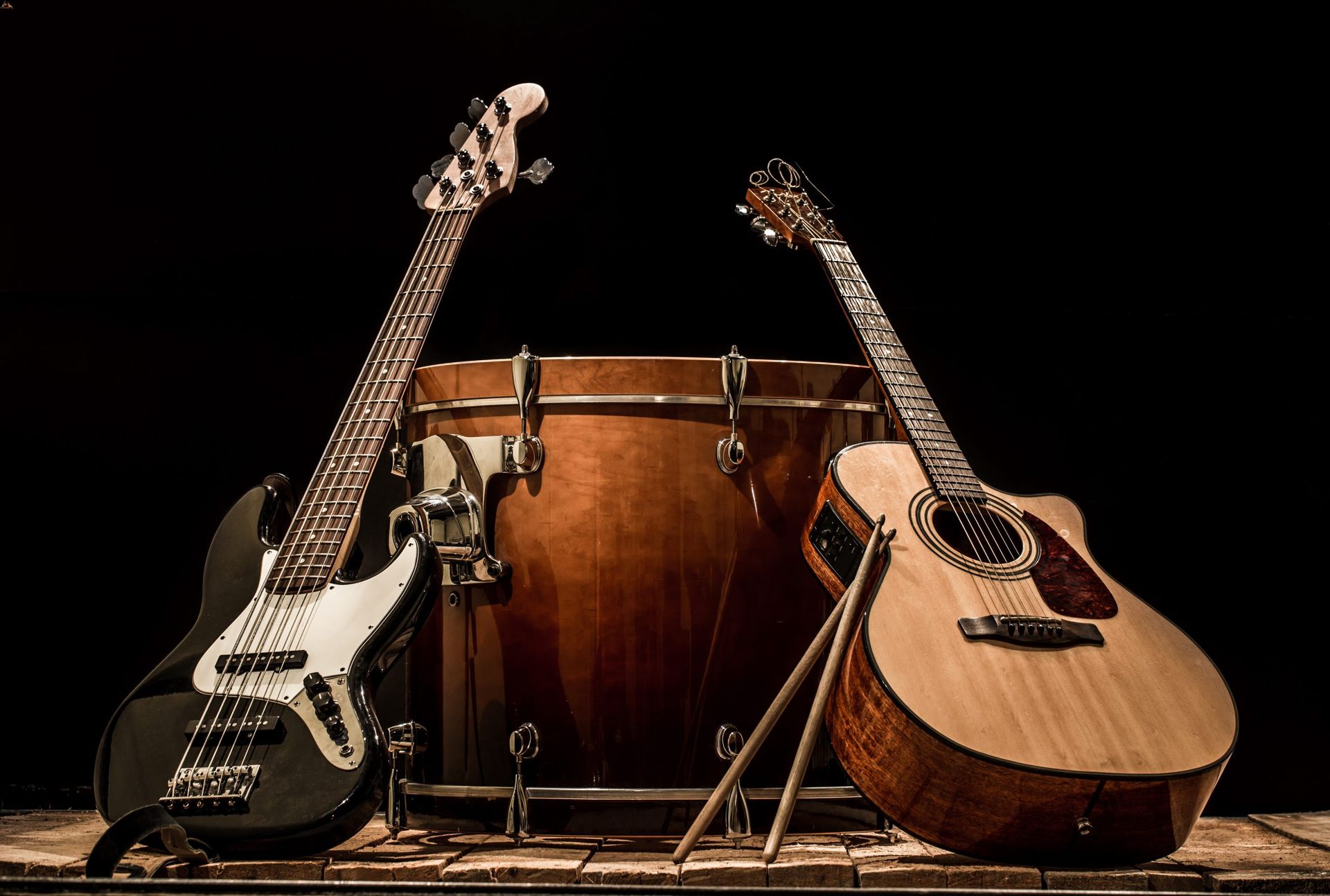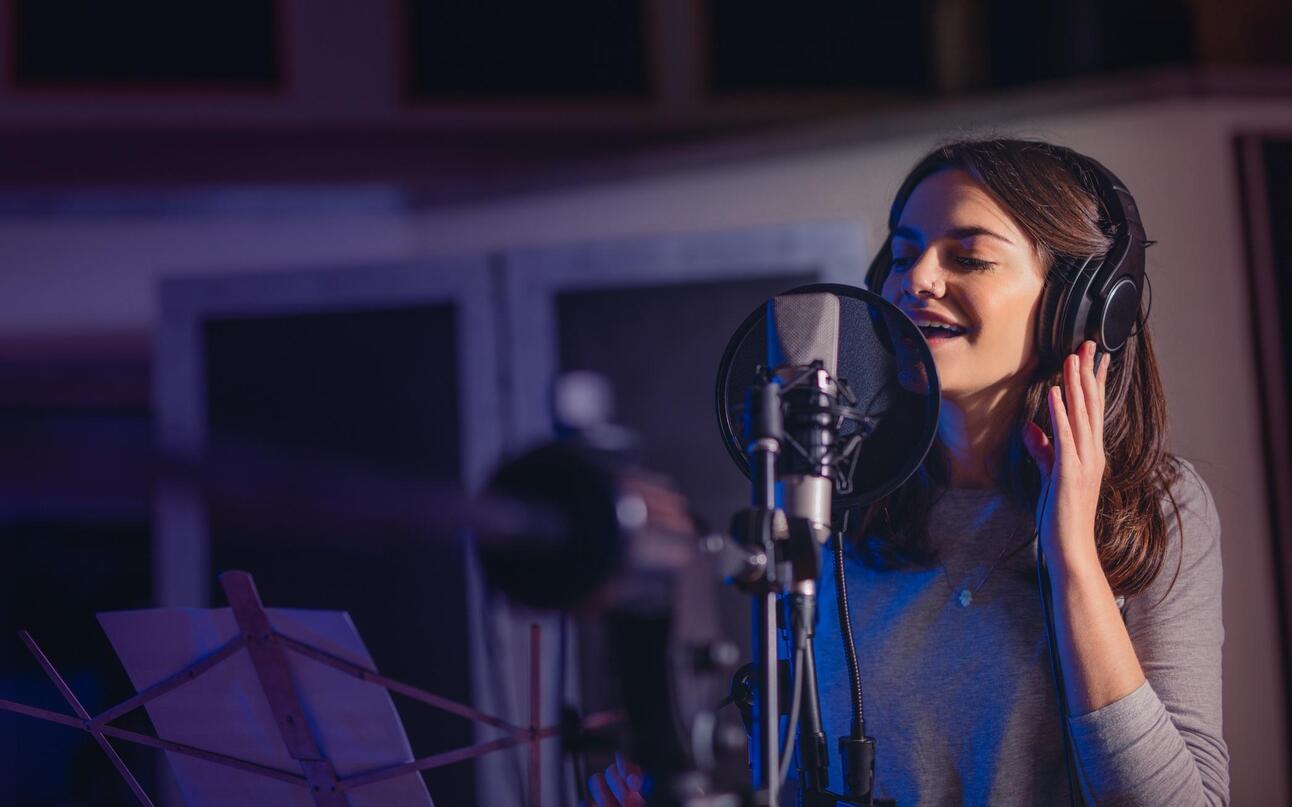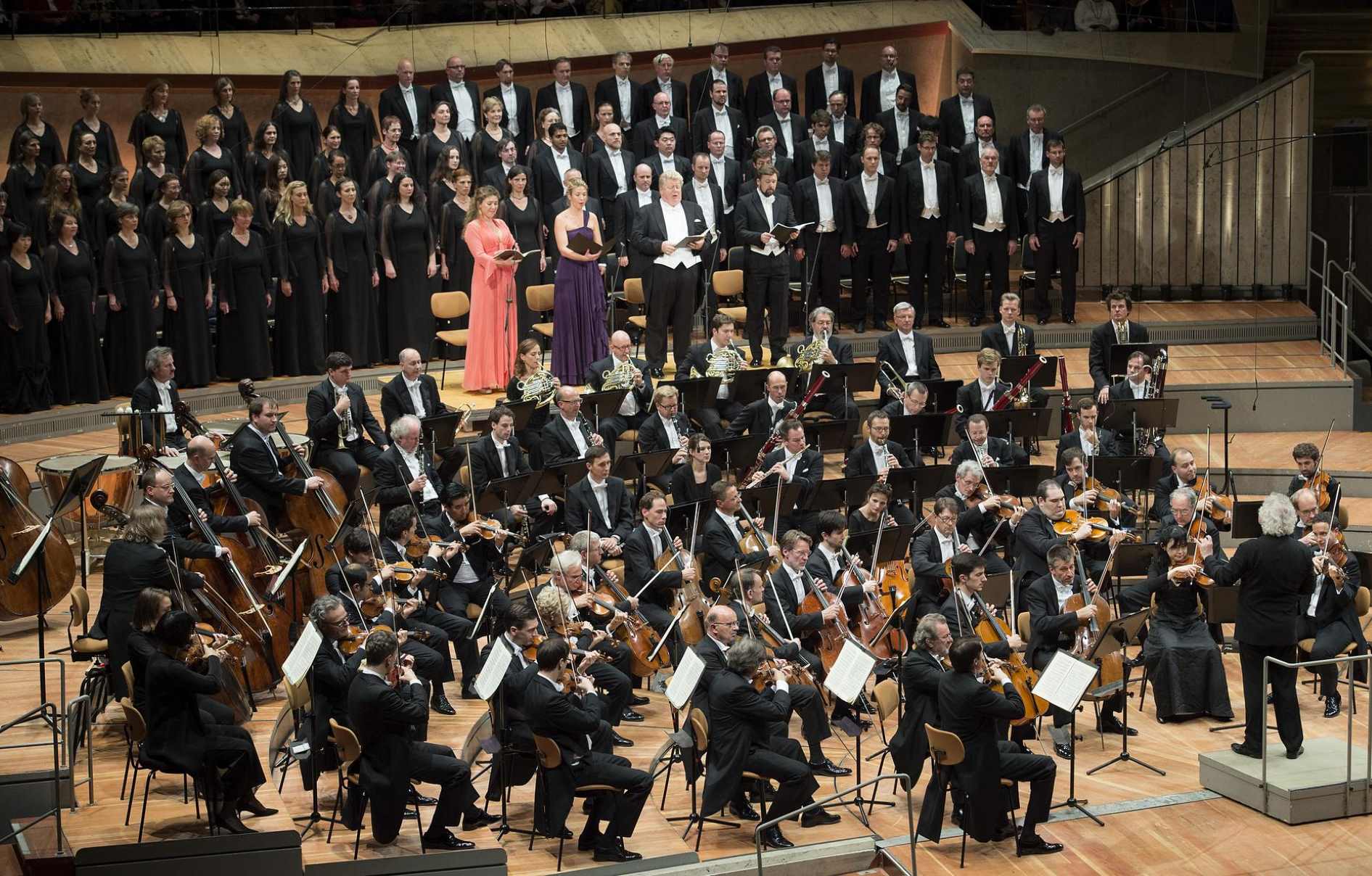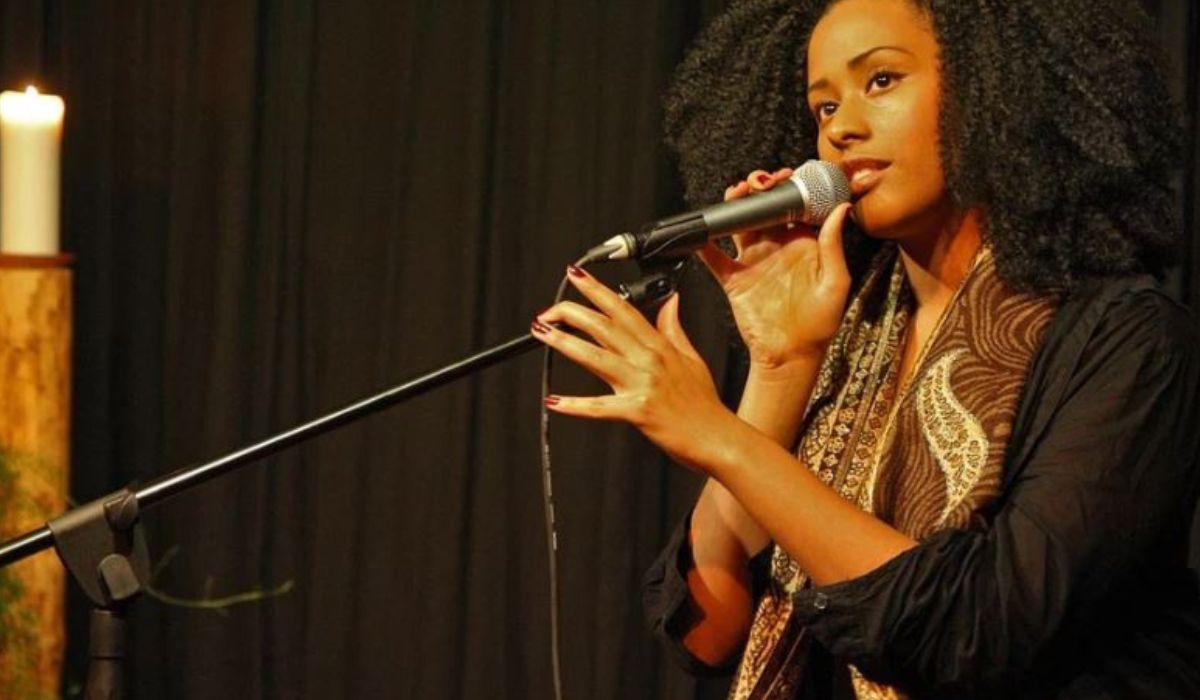Home>Genres>Folk>What Is The Difference Between Folk Dance And Modern Dance


Folk
What Is The Difference Between Folk Dance And Modern Dance
Modified: January 22, 2024
Discover the key distinctions between folk dance and modern dance, from their traditional roots to their contemporary interpretations. Explore the rich cultural heritage and evolving artistry of folk dance.
(Many of the links in this article redirect to a specific reviewed product. Your purchase of these products through affiliate links helps to generate commission for AudioLover.com, at no extra cost. Learn more)
Table of Contents
- Introduction
- Definition of Folk Dance
- Definition of Modern Dance
- Origin of Folk Dance
- Origin of Modern Dance
- Characteristics of Folk Dance
- Characteristics of Modern Dance
- Costumes and Music in Folk Dance
- Costumes and Music in Modern Dance
- Popular Examples of Folk Dances
- Popular Examples of Modern Dances
- Similarities Between Folk Dance and Modern Dance
- Differences Between Folk Dance and Modern Dance
- Conclusion
Introduction
Folk dance and modern dance are two distinct forms of artistic expression that have captivated audiences for centuries. While they both involve movement and performance, there are significant differences between the two. Understanding these differences can help us appreciate the unique beauty and cultural significance of each dance form.
Folk dance, as the name suggests, is deeply rooted in the traditions and customs of a specific culture or community. It is often passed down from generation to generation, preserving the heritage and history of a particular region. In contrast, modern dance emerged as a reaction to the strict rules and conventions of classical ballet, seeking to break free from traditional norms and explore new forms of movement and expression.
This article will delve into the various aspects that distinguish folk dance from modern dance, including their origins, characteristics, costumes, music, and popular examples. By examining these elements, we will gain a deeper appreciation for both dance forms and the cultural significance they hold.
Definition of Folk Dance
Folk dance is a traditional form of dance that originates from a specific culture or community. It is often characterized by its deep connection to the customs, values, and rituals of a particular region. Folk dances are typically passed down from generation to generation through oral tradition or observation, preserving the cultural heritage and history of a community.
Unlike modern dance, which often incorporates elements of improvisation and individual expression, folk dance follows established choreographic patterns and steps. These dances are performed in groups, emphasizing unity and collective participation. They often tell stories or represent significant events in a community’s history, giving insight into the social, religious, or cultural aspects of a particular group.
The movements in folk dance are typically rhythmic, energetic, and lively. They may involve intricate footwork, hand gestures, or formations that add to the visual appeal and storytelling. Folk dances are often accompanied by traditional music, which plays a crucial role in setting the mood and tempo of the dance. Instruments such as drums, flutes, or stringed instruments are commonly used to create the rhythmic backdrop for the dancers.
One of the defining features of folk dance is its regional specificity. Various cultures around the world have their unique styles of folk dance, each with its distinct movements, costumes, and music. Whether it’s the flamenco in Spain, the Bollywood dances in India, or the Irish step dance, these folk dances reflect the rich cultural heritage of their respective communities.
Overall, folk dance serves as a means to uphold and celebrate a community’s traditions, values, and shared history. It is a testament to the enduring power of culture and the ways in which dance can connect people across generations and across borders.
Definition of Modern Dance
Modern dance is a contemporary form of artistic expression that emerged as a rebellion against the rigid conventions of classical ballet. It is characterized by its freedom of movement, experimentation, and individual expression. Unlike folk dance, which is deeply rooted in tradition, modern dance seeks to push boundaries, challenge norms, and explore new possibilities in movement and performance.
Modern dance originated in the early 20th century as a response to the perceived limitations of ballet. Dancers and choreographers wanted to break away from the strict rules and formal techniques of ballet and instead focus on expressing emotions, ideas, and personal experiences through movement. This led to the development of a more organic, fluid, and expressive style of dance.
One of the key principles of modern dance is the emphasis on individuality and self-expression. Dancers are encouraged to explore their unique movement vocabulary, allowing their bodies to move freely and naturally. Unlike the structured choreography of folk dance, modern dance often incorporates elements of improvisation, giving dancers the freedom to respond to the music, their emotions, and the space around them.
In terms of movement, modern dance can vary greatly, ranging from fluid and lyrical to sharp and percussive. Dancers may use a wide range of techniques, including floor work, contractions, release, fall and recovery, and partnering. These movements can be highly expressive, conveying a wide range of emotions and narratives.
Music in modern dance is often diverse and may include a variety of genres, such as classical, electronic, jazz, or experimental. Unlike folk dance, which is typically accompanied by traditional music, modern dance allows for more experimentation and exploration in terms of music choices. Often, the music serves as a complement to the movement, creating a dynamic and symbiotic relationship between sound and motion.
Modern dance has continued to evolve and diversify over the years, incorporating influences from various cultures, techniques, and artistic disciplines. Today, it remains a vibrant and ever-changing art form that celebrates individuality, creativity, and the power of movement to convey deep and personal expression.
Origin of Folk Dance
The origin of folk dance can be traced back to the earliest human civilizations. As communities formed and developed their unique cultural identities, dance became an integral part of their social and religious rituals. Folk dance, in its essence, is deeply rooted in the traditions and customs of a specific culture or community.
Throughout history, folk dances have served various purposes. They were often performed during agricultural festivals, religious ceremonies, or social gatherings as a way to celebrate and express communal unity. These dances were passed down from generation to generation, often through oral tradition and observation.
The origins of folk dance are closely tied to the daily lives and occupations of the people. For example, traditional folk dances such as the Irish step dance or the Russian Cossack dance evolved from the movements and rhythms associated with agricultural activities or military drills. These dances were not only a form of entertainment but also a way to strengthen community bonds and preserve cultural practices.
Each region and culture developed its own unique style and repertoire of folk dances. The dance movements, costumes, and music in one region may differ significantly from another, reflecting the diversity and distinctiveness of each community. Folk dances often incorporate elements of local folklore, narratives, and history, providing insights into the cultural heritage of a particular group.
Many folk dances have survived for centuries, evolving and adapting to changes within the community and society as a whole. They serve as a testament to the resilience of cultural traditions and the power of dance as a means of storytelling and cultural expression. Today, folk dance continues to be cherished and celebrated around the world, with various festivals and events dedicated to promoting and preserving these rich cultural traditions.
Origin of Modern Dance
The origin of modern dance can be traced back to the early 20th century as a reaction against the strict conventions of classical ballet. Influenced by societal and cultural changes, a group of dancers and choreographers sought to break free from the traditional norms and explore new forms of movement and self-expression.
One of the key figures in the development of modern dance was Isadora Duncan. She is often referred to as the pioneer of modern dance, as she sought to move away from the rigid techniques of ballet and instead focus on natural and organic movement. Duncan believed that dance should be a reflection of an individual’s inner self, emotions, and personality.
Another influential figure in the origin of modern dance was Martha Graham. Known for her groundbreaking choreography and technique, Graham emphasized the use of breath, contraction, and release in movement. Her approach to dance was deeply rooted in emotions, exploring themes of human struggles, desire, and spirituality.
Other notable figures in the development of modern dance include Doris Humphrey, Charles Weidman, and Merce Cunningham. These dancers and choreographers experimented with new movement vocabularies, forms, and techniques, challenging the traditional concepts of dance.
The origin of modern dance was also influenced by broader cultural and societal changes at the time. The early 20th century was a period of immense social and political transformation, with movements such as feminism, civil rights, and the exploration of individual freedoms gaining momentum. Modern dance reflected these changes, providing a platform for artists to express their personal experiences, social commentary, and political ideas through movement.
The development of modern dance was further facilitated by the establishment of dance schools and companies dedicated to this new art form. These institutions provided a space for experimentation, education, and collaboration, nurturing the growth of modern dance as an independent and recognized genre.
Today, the influence of modern dance can be seen in various contemporary dance styles and techniques. It has become an integral part of dance education, choreography, and performance, continuously evolving and pushing the boundaries of movement and expression.
Characteristics of Folk Dance
Folk dance is characterized by a unique set of features that distinguish it from other forms of dance. These characteristics reflect the cultural, historical, and social aspects of the communities from which folk dances originate.
1. Cultural Significance: Folk dance is deeply rooted in the traditions and customs of a specific culture or community. It serves as a means of preserving and passing down cultural heritage from one generation to another. These dances often reflect the values, beliefs, and historical narratives of the community, providing insights into their identity and way of life.
2. Community Participation: Folk dance is typically performed in groups, emphasizing collective participation and unity. It brings people together, fostering a sense of community and social bonding. The dances are often taught and learned within the community, creating a shared experience and a sense of belonging.
3. Choreographic Patterns: Folk dances follow established choreographic patterns and steps. The sequences of movements are often repetitive and structured, passed down through generations. These patterns may vary from simple and easy to complex and intricate, depending on the dance traditions of the specific community.
4. Storytelling: Folk dances often tell stories or represent significant events in a community’s history. They may convey narratives of love, harvest, birth, or various cultural and religious practices. The movements and gestures in folk dance can depict characters, emotions, or natural elements, facilitating storytelling through dance.
5. Regional Specificity: Folk dances are closely tied to specific regions or cultural groups. Each region or community develops its distinct style, music, costumes, and movements. Whether it’s the spirited movements of Ukrainian folk dance or the flowing grace of Hawaiian hula, folk dances reflect the diverse cultural tapestry of the world.
6. Traditional Costumes and Music: Traditional costumes and music are integral components of folk dance. The costumes are often vibrant, colorful, and representative of the region’s culture, history, or nature. Similarly, the music accompanying folk dances is typically traditional, using instruments and rhythms specific to the culture, enhancing the cultural richness and authenticity of the performance.
7. Audience Participation: Unlike many other dance forms, folk dance often encourages audience participation. It aims to engage and involve the community, blurring the lines between performers and spectators. In festivals or special events, audiences may join in the dancing, creating a lively and inclusive atmosphere.
The combination of these characteristics gives folk dance its unique charm and cultural significance. It serves as a living testament to the rich heritage, traditions, and values of diverse communities around the world.
Characteristics of Modern Dance
Modern dance is characterized by a range of distinctive features that set it apart from other forms of dance. These characteristics reflect the spirit of experimentation, individual expression, and artistic freedom that define modern dance.
1. Emphasis on Expression: Modern dance emphasizes the expression of emotions, ideas, and personal experiences through movement. Dancers seek to convey meaning and evoke emotions, using their bodies as a vessel for self-expression. This focus on individual expression sets modern dance apart from more structured and formal dance forms.
2. Freedom of Movement: Unlike the strict and predetermined movements of traditional dance forms, modern dance allows for greater freedom and fluidity of movement. Dancers have the liberty to explore a wide range of techniques, dynamics, and gestures, enabling them to create unique and personalized movement vocabularies.
3. Fluidity and Lyrical Quality: Modern dance often incorporates fluid and lyrical movements, with an emphasis on the seamless flow from one movement to another. It seeks to capture the organic and natural qualities of movement, allowing the dancers to embody grace, fluidity, and expressiveness.
4. Exploration of Different Techniques: Modern dance embraces an eclectic range of techniques and influences from various dance forms, including ballet, contemporary, jazz, and ethnic dances. Dancers may incorporate elements of these techniques into their own individual style, creating a diverse and versatile movement vocabulary.
5. Incorporation of Improvisation: Modern dance frequently incorporates elements of improvisation, allowing dancers to respond to the music, their emotions, and the surrounding environment in the moment. This spontaneous and intuitive approach to movement adds an element of unpredictability and authenticity to the performance.
6. Narrative and Conceptual Content: Modern dance often explores conceptual themes and narratives, tackling social, political, and philosophical ideas. Choreographers use movement to convey stories, express social commentary, or explore abstract concepts. This focus on narrative and conceptual content allows for deep artistic expression and engages the audience on a conceptual level.
7. Collaboration and Experimental Approach: Modern dance encourages collaboration between dancers, choreographers, musicians, and artists from other disciplines. It often incorporates multimedia elements, such as projections or interactive technology, to enhance the visual and sensory experience. Modern dance encourages experimentation and pushes the boundaries of artistic expression.
8. Music as a Collaborative Element: Music plays a significant role in modern dance. Unlike some traditional dance forms that have a fixed musical structure, modern dance often collaborates closely with composers and musicians to create original scores or choose diverse genres of music. This allows for a dynamic relationship between the music and the movement, enhancing the overall aesthetic and theatrical experience.
Modern dance, with its focus on individual expression, freedom of movement, and experimental approach, continues to evolve and push the boundaries of artistic expression. It offers a rich and diverse landscape for dancers and choreographers to explore and communicate their visions and ideas.
Costumes and Music in Folk Dance
Costumes and music play a vital role in folk dance, contributing to the overall visual and auditory experience. They not only add to the cultural richness and authenticity of the performance but also reflect the traditions, history, and identity of the specific community or region from which the folk dance originates.
Costumes in folk dance are often elaborate, vibrant, and adorned with intricate details. They are meticulously designed to represent the cultural aesthetics, historical significance, and regional symbolism. The choice of fabrics, colors, and patterns in these costumes is often influenced by the natural surroundings, local traditions, or historical events associated with the dance. For example, the flowing skirts and floral patterns of the Mexican folk dance, or the ornate traditional attires worn in Indian classical folk dances, such as Bharatanatyam or Kathak, showcase the cultural heritage and visual splendor of these respective dance forms.
In addition to the costumes, jewelry and accessories are also an essential part of folk dance attire. These embellishments further enhance the visual appeal and cultural authenticity. They can include headpieces, necklaces, bracelets, anklets, and even props such as fans or scarves. The jewelry and accessories are often crafted using local materials like shells, beads, feathers, or metals, reflecting the cultural traditions and materials available in that particular region.
Music is an integral component of folk dance, underscoring the movements and creating a rhythmic and melodic backdrop for the dancers. Traditional musical instruments, specific to the culture or region, are used to produce the distinct sounds and rhythms that accompany the dance. These instruments can range from drums and flutes to stringed instruments or percussive instruments like castanets or tambourines.
The music in folk dance is representative of the cultural heritage and traditions of the community. It often reflects the rhythms and melodies associated with the region’s history, mythology, or daily life. The lyrics of the songs may convey stories, celebrations, or emotions that are significant to the community. The music sets the mood and tempo for the dance, providing a framework for the dancers to synchronize their movements and express themselves within the rhythmic patterns and melodies.
Both costumes and music in folk dance act as powerful symbols, carrying the essence of the culture, history, and traditions of a specific community. They create a visual and auditory connect between the performers and the audience, immersing them in the cultural experience and allowing for a deeper appreciation of the artistry and significance of folk dance.
Costumes and Music in Modern Dance
Costumes and music in modern dance play a significant role in enhancing the overall artistic expression and aesthetics of the performance. Unlike the traditional and often elaborate costumes of folk dance, modern dance costumes vary widely depending on the choreographic vision and conceptual intent of the piece.
In modern dance, the costumes are often simpler and more contemporary to allow for freedom of movement and expression. They may include form-fitting attire, loose-fitting clothing, or even minimalistic outfits, depending on the choreographer’s vision. The focus is primarily on highlighting the dancers’ bodies and movements, rather than elaborate costumes. However, costumes in modern dance can still be used creatively to convey themes, emotions, or symbolic representations. They may incorporate abstract designs, textures, or colors that enhance the visual impact of the performance.
In contrast to folk dance, modern dance often explores a wide range of music genres and styles. The choice of music in modern dance is highly subjective and varies based on the choreographer’s vision, the narrative or concept of the piece, and the emotional atmosphere they wish to create. Modern dance performances can be accompanied by classical music, contemporary compositions, electronic beats, or even silence, depending on the artistic intent and desired effect.
Using music as a collaborative element, choreographers and composers work closely to create original scores or select existing pieces that enhance the mood and intention of the dance. The music in modern dance serves as a complement to the movements, guiding the dancers and enhancing the audience’s emotional connection to the performance. It can include a wide range of musical elements such as rhythm, melody, harmony, or even ambient sounds and spoken words.
Furthermore, modern dance often embraces experimentation and multimedia collaboration. This opens up a realm of possibilities in terms of incorporating technology, projections, or live musicians into the performance. The integration of visual and auditory elements in modern dance performances can create a multi-sensory experience, deepening the audience’s engagement and enhancing the overall impact of the piece.
Costumes and music in modern dance serve to support and enhance the artistic vision and expression of the choreographer and dancers. They play a pivotal role in creating a cohesive and impactful performance, ensuring that the visual and auditory elements align with the conceptual goals of the piece.
Popular Examples of Folk Dances
Folk dances are diverse and varied, with each culture and region having its unique set of traditional dances. These dances have captivated audiences around the world with their cultural richness, vibrant movements, and captivating music. Here are some popular examples of folk dances from different parts of the globe:
1. Flamenco (Spain): Originating from Andalusia, the flamenco is a passionate and expressive Spanish folk dance. It combines intricate footwork, dramatic hand movements, and intense facial expressions, accompanied by the soulful melodies of flamenco guitar and powerful vocals.
2. Hula (Hawaii): Hula is a Hawaiian folk dance that tells stories of the islands’ history, legends, and natural beauty. It involves graceful movements of the hips, hands, and feet, accompanied by chants, songs, and the distinct sound of ukulele or traditional Polynesian drums.
3. Samba (Brazil): Samba is a lively and energetic folk dance from Brazil, particularly associated with the Carnival celebrations. It features fast-paced footwork, rhythmic hip movements, and vibrant costumes. The dance is performed to the rhythm of samba music, with its infectious beats and lively percussion.
4. Irish Step Dance (Ireland): Irish step dance is a traditional dance form that originated in Ireland. It is characterized by quick and precise footwork, performed with an upright posture and rigid upper body. The dance is often accompanied by traditional Irish music, featuring fiddles, flutes, and bodhrán drums.
5. Bharatanatyam (India): Bharatanatyam is a classical folk dance from the southern state of Tamil Nadu in India. It combines intricate footwork, hand gestures, and facial expressions to tell stories from Hindu mythology. The dance is accompanied by classical Carnatic music, featuring melodic instruments such as veena, flute, and percussion instruments like mridangam.
6. Cossack Dance (Russia): The Cossack dance is a high-energy folk dance originating from the Cossack people of Russia and Ukraine. Dancers display impressive jumps, kicks, and squats, showcasing their strength and agility. The dance is often performed to traditional folk music, with fast-paced accordion melodies and the rhythmic beat of a tambourine.
7. Argentine Tango (Argentina): While the Argentine Tango is often associated with ballroom dance, it originated as a folk dance in the working-class neighborhoods of Buenos Aires. It involves intricate partner work, sensual movements, and improvisation. The dance is accompanied by the passionate melodies of the bandoneon, a type of accordion, and the distinct sound of acoustic guitars.
These are just a few examples of the vast array of folk dances around the world. Each dance represents the unique cultural heritage, history, and spirit of the communities from which they originate. Through their captivating movements and vibrant music, these folk dances continue to inspire and resonate with people from all corners of the globe.
Popular Examples of Modern Dances
Modern dance encompasses a wide range of styles and techniques, each with its own distinct character and artistic expression. This form of dance has given rise to numerous iconic and influential dances that have captivated audiences around the world. Here are some popular examples of modern dances:
1. “The Rite of Spring” by Vaslav Nijinsky: This groundbreaking piece, choreographed by Nijinsky in 1913, is considered one of the first truly modern dances. It challenged the conventions of classical ballet with its primal movements, rhythmic complexity, and unconventional partnering.
2. “Revelations” by Alvin Ailey: Choreographed by Alvin Ailey in 1960, “Revelations” has become one of the most recognizable and beloved modern dance works. Through a fusion of African-American spirituals, gospel music, and dynamic movements, the piece explores themes of struggle, faith, and hope.
3. “In the Middle, Somewhat Elevated” by William Forsythe: This electrifying ballet by Forsythe, premiered in 1987, revolutionized the ballet world with its innovative use of angular movements, off-balance partnering, and the integration of electronic music. It pushed the boundaries of classical ballet technique and aesthetics.
4. “Rooster” by Christopher Bruce: “Rooster,” choreographed by Bruce in 1991, is a dynamic and playful contemporary dance piece that celebrates the music of The Rolling Stones. It fuses rock and roll with modern dance movements, creating a unique blend of athleticism, sensuality, and theatricality.
5. “D-Man in the Waters” by Bill T. Jones: Created by Bill T. Jones in 1989, “D-Man in the Waters” is a powerful and uplifting dance piece that tackles themes of loss, resilience, and community. It combines intricate partnering, athletic movements, and moments of grace, set to an emotional and energetic score.
6. “Rainbow Etude” by Jiří Kylián: “Rainbow Etude,” choreographed by Kylián in 1992, is a visually stunning and emotionally charged contemporary ballet. It explores the individual identities and humanity of the dancers through a series of interconnected solos, duets, and ensemble sections.
7. “Wayne McGregor Random Dance” by Wayne McGregor: Wayne McGregor’s choreography is known for pushing the boundaries of physicality and exploring the integration of technology with movement. His works, such as “Chroma” and “Entity,” blend athleticism, virtuosity, and creative partnering in innovative and thought-provoking ways.
These examples represent a fraction of the vast repertoire and styles within the realm of modern dance. Each dance showcases the artistic innovation, technical prowess, and conceptual depth that define modern dance as a dynamic and ever-evolving art form.
Similarities Between Folk Dance and Modern Dance
While folk dance and modern dance are distinct forms of artistic expression, they also share some similarities in terms of their impact, cultural significance, and the joy they bring to both performers and audiences:
1. Cultural Expression: Both folk dance and modern dance serve as a means of cultural expression. Folk dances are deeply rooted in the traditions and customs of a specific culture or community, preserving and conveying cultural heritage. Similarly, modern dance allows for personal and collective expression through movement, reflecting the social, cultural, and political contexts in which it is created.
2. Movement and Performance: Both dance forms involve movement and performance. Whether it’s the precise footwork of a traditional folk dance or the abstract and fluid movements of modern dance, both styles require skill, coordination, and physicality. They both captivate and engage audiences through the visual aesthetic of the dancers’ movements.
3. Storytelling: Both folk dance and modern dance have the capacity to tell stories and convey emotions. Folk dances often incorporate narratives, myths, or historical events, using movement to depict characters, events, or cultural traditions. Modern dance, similarly, can tell stories or evoke emotions through abstract and symbolic movements, allowing for personal interpretation and connection.
4. Music as a Companion: Music is an integral element in both folk dance and modern dance. In folk dance, traditional music accompanies the dance, adding rhythm and enhancing the cultural authenticity of the performance. Modern dance is also often performed to music, which can either be specially composed or selected to complement and enhance the choreography, creating a dynamic relationship between the movement and the music.
5. Community Engagement: Both dance forms have the power to bring communities together and foster a sense of togetherness. Folk dances often involve collective participation, with members of the community coming together to learn and perform the dances. Similarly, modern dance can engage communities by providing a platform for reflection, discussion, and participation in performances, workshops, and community events.
6. Connection to History and Tradition: Both folk dance and modern dance have a connection to history and tradition. Folk dances are deeply rooted in the history, rituals, and customs of a particular region or culture, carrying the cultural heritage of a community. Modern dance, while more contemporary, is influenced by the history and evolution of dance as an art form, building upon and reacting to diverse dance traditions and practices.
Despite their differences, folk dance and modern dance share the universal language of movement and the power to evoke emotions, celebrate culture, and inspire connection. Both forms contribute to the rich tapestry of the performing arts and highlight the diversity and beauty of human expression.
Differences Between Folk Dance and Modern Dance
While folk dance and modern dance are both forms of dance, they possess distinct characteristics that set them apart in terms of their origins, styles, purposes, and artistic approaches. Here are some key differences between folk dance and modern dance:
1. Historical and Cultural Context: Folk dance is deeply rooted in the traditions, customs, and cultural heritage of a specific community or region. It often has ancient origins and serves as a way to preserve cultural identity and history. In contrast, modern dance emerged in the early 20th century as a reaction against the conventions of classical ballet, with a focus on individual expression and breaking away from tradition.
2. Choreography and Movement Style: Folk dance follows established choreographic patterns and movements which have been passed down through generations. It often features repetitive steps, formation changes, and specific gestures. Modern dance, on the other hand, emphasizes freedom of movement and individual expression. Choreographers use a range of techniques and encourage dancers to explore their unique styles and movement vocabularies.
3. Music and Costumes: Folk dance is closely tied to traditional music and costumes specific to the culture or region. The music in folk dance is often traditional, reflecting the rhythm and cultural context of the community. Costumes in folk dance are elaborate, vibrant, and symbolic, representing the cultural aesthetics and historical significance. In modern dance, music choices can vary widely, ranging from classical compositions to contemporary or experimental genres. Costumes in modern dance are more contemporary and minimalist, often designed to allow freedom of movement without distracting from the dancer’s body and expression.
4. Purpose and Intent: Folk dance serves as a means of cultural preservation, transmitting traditions, and showcasing the history and values of a community. It often accompanies specific cultural celebrations or rituals. Modern dance serves as a form of artistic expression, exploring new ideas, concepts, and pushing the boundaries of movement. It can be performed for self-expression, social commentary, or purely for artistic exploration.
5. Performance Context: Folk dance is often performed in community settings, festivals, or special cultural events, where the primary purpose is to celebrate and engage with the local community. Modern dance performances are more commonly found in theater or contemporary dance venues, where the focus is on artistic expression and communicating with a wider audience.
6. Training and Technique: Folk dance is often learned through cultural immersion and observation within the community. It may involve less formal training and more emphasis on collective participation. In contrast, modern dance training involves technical instruction and often requires extensive training in various movement techniques, including ballet, contemporary, and improvisation.
Though folk dance and modern dance have their unique qualities and artistic approaches, both forms contribute to the rich tapestry of dance as a universal language, connecting individuals, communities, and cultures through the power of movement and expression.
Conclusion
Folk dance and modern dance are two distinct forms of artistic expression that have enriched the world of dance. While folk dance honors cultural traditions, preserving customs and histories, modern dance embarks on a journey of innovation and self-expression. Both forms captivate audiences with their unique styles, movements, and narratives, yet they possess significant differences in origins, choreography, music, costumes, and purpose.
Folk dance showcases the cultural heritage, values, and rituals of specific communities or regions. Its choreography follows established patterns and movements, often with vibrant costumes and traditional music. Folk dance serves as a medium for cultural preservation, bridging generations, and connecting individuals to their roots.
On the other hand, modern dance emerged as a response to the rigidity and conventions of classical ballet. It emphasizes freedom of movement, individual expression, and experimentation. Modern dance showcases personal and artistic narratives, pushing boundaries, and exploring new movement vocabularies. Its choreography is varied, often accompanied by diverse musical genres, and costumes are minimalist to highlight the dancers’ bodies and movements.
While folk dance and modern dance differ in many aspects, they share similarities in their ability to express emotions, engage communities, and celebrate human creativity. Both forms have the power to bring people together, convey stories, and evoke emotions through the universal language of movement.
By understanding the distinctions and appreciating the beauty of both folk dance and modern dance, we gain a deeper appreciation for the diverse cultural expressions and the evolution of dance as an art form. Both forms contribute to the richness and diversity of the performing arts, allowing individuals to connect, express, and celebrate their heritage or push the boundaries of creativity.
Whether it’s the energetic footwork of a traditional folk dance or the avant-garde movements of a modern dance performance, both forms continue to inspire, entertain, and evoke a sense of wonder in audiences around the world. So let us celebrate the unique beauty and power of folk dance and modern dance, embracing their differences and cherishing the cultural kaleidoscope they bring to the remarkable world of dance.

